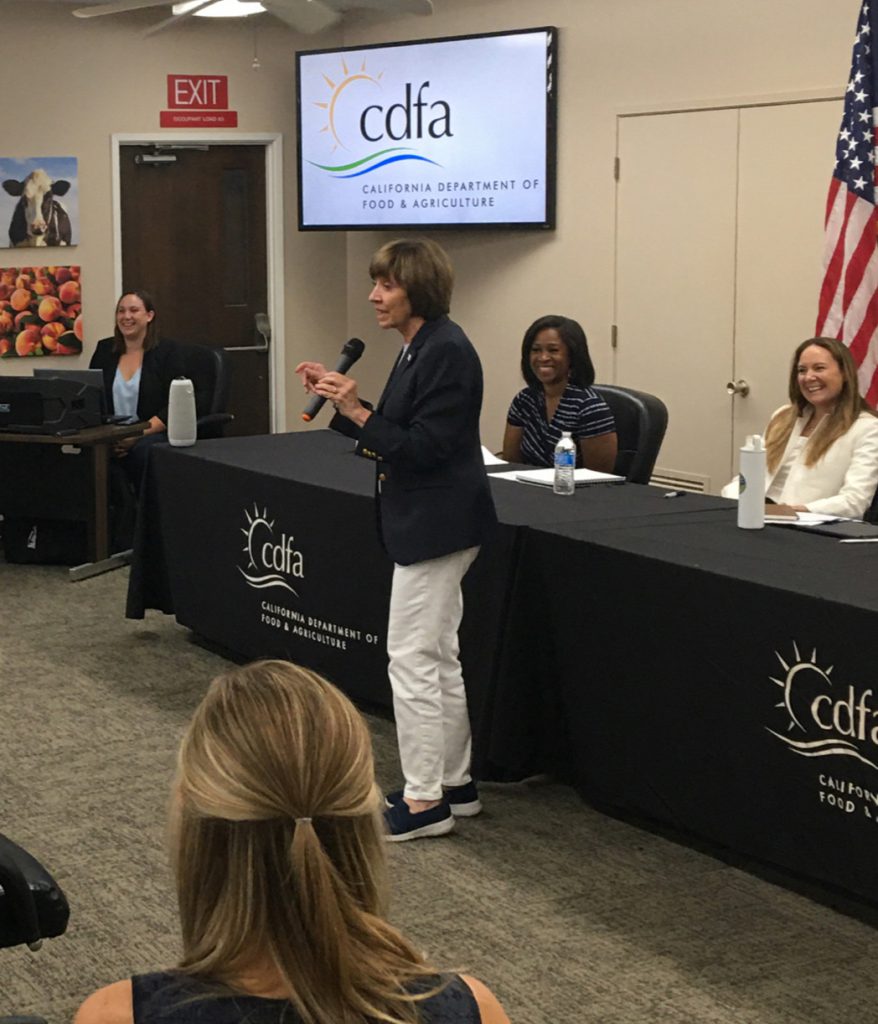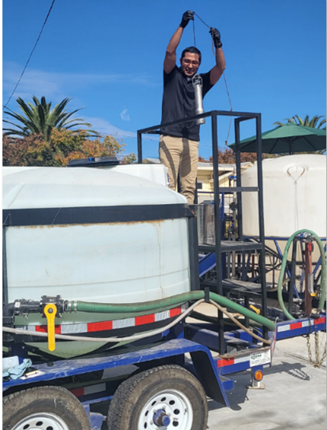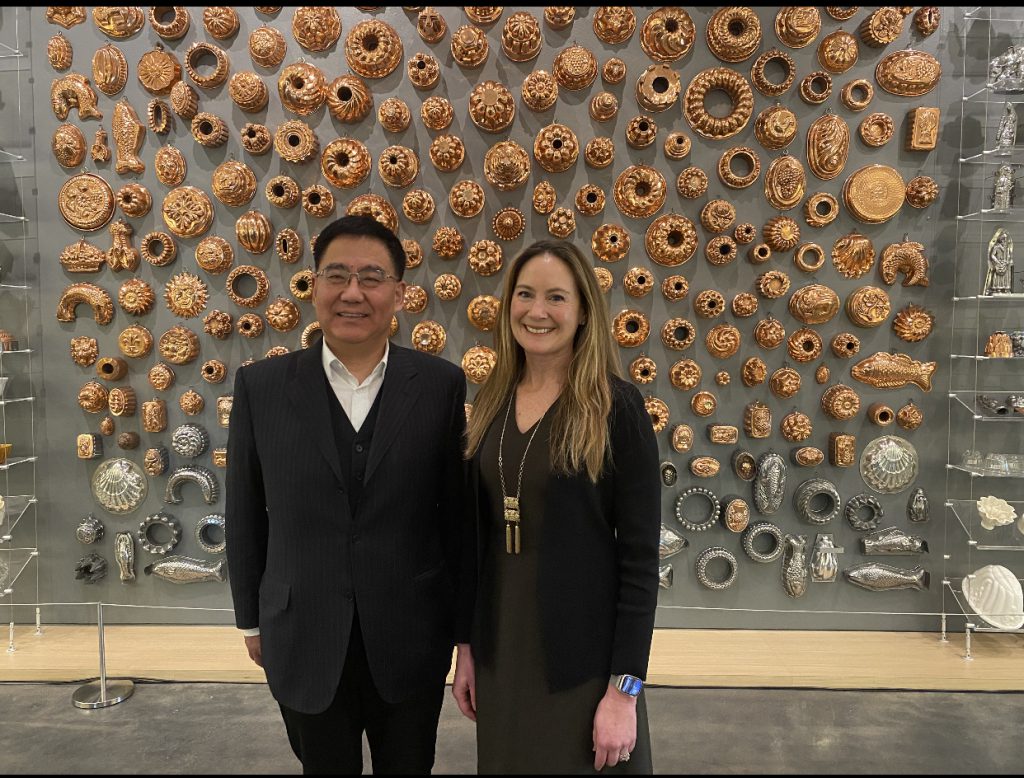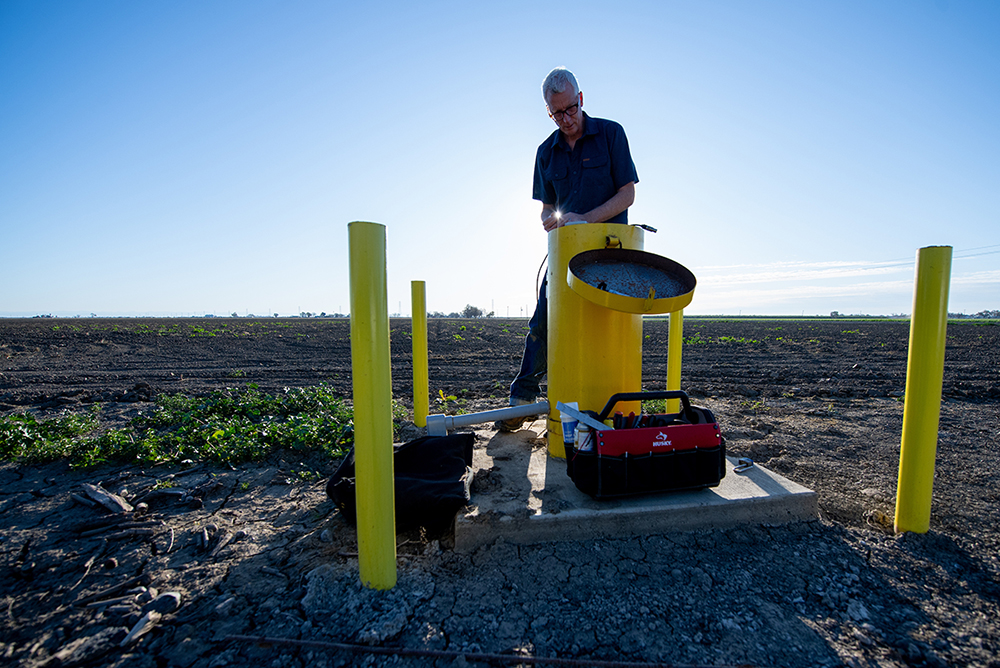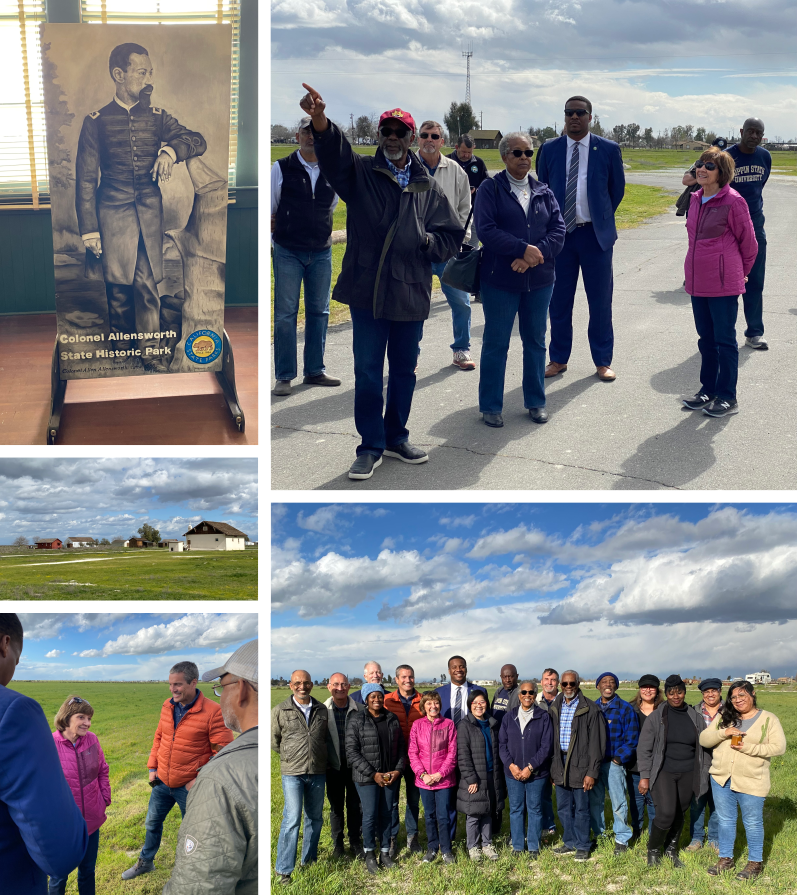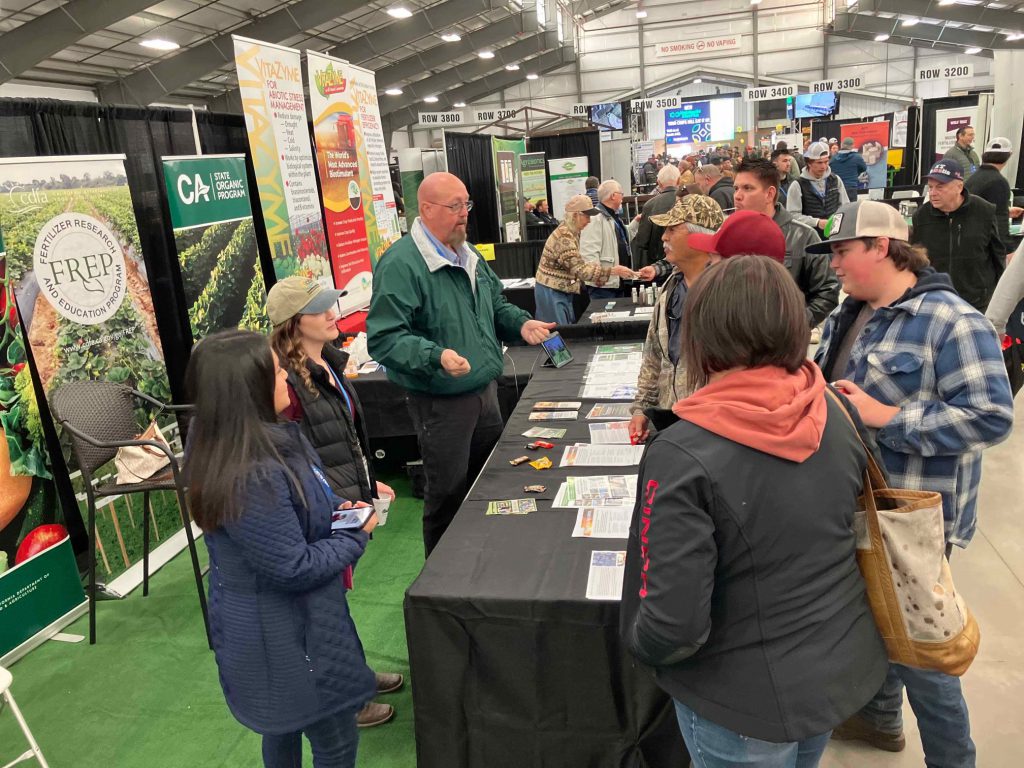National Weights and Measures Week is March 1-7
By Kristin Macey, Director of CDFA’s Division of Measurement Standards
This is one week out of the year where we shine a light on the ultimate touchpoint in your life – weights and measures. Think about where you would be without the essential measurements you rely on every day.
Have a smart watch that woke you up? That’s a time measurement. The shampoo you used comes in a bottle labeled by volume. On the way to the office, you stopped to get gas; that’s sold by volume too. On the way home you got a loaf of bread, but a loaf could be multiple sizes, right? Exactly! That’s why bread is sold by weight. Got an electric vehicle? You’re buying kilowatt hours (energy) as your fuel. How cool is that!?!
Yep, nearly everything, including services you purchase, is sold by weight, measure, or count. You should get what you pay for, but just so you know, businesses rely on accuracy too.
That package you sent to a relative in another state? It, along with thousands of other packages are loaded into airplanes, and the weights and balance of loads in an aircraft are crucial for safety.
You own a gas station, restaurant, or hardware store? You want accurate deliveries for inventory and sales calculations.
Errors in measurements anywhere along the supply chain, from manufacture to retail sales, could result in monetary gains or losses of pennies or thousands of dollars, market disruptions, or absolute tragedy.
CDFA has a division dedicated to accurate weights and measures – the Division of Measurement Standards (DMS)! The work that DMS does supports local weights and measures jurisdictions, and the combined state and county programs impact all our lives, every day.
Each county has a department of agriculture/weights and measures. They’re checking all the grocery scales, gas pumps, advertising, and labeling for accuracy. They test thousands of packages to ensure accurate quantities; they even make sure the air and water equipment at gas stations is operating properly.
There’s diversity, equity, and inclusion in weights and measures protection. Everyone benefits – folks in urban and rural settings; the financially well-off, the poor, those in underserved communities, U.S. citizens, undocumented persons, and even visitors spending time in the Golden State.




